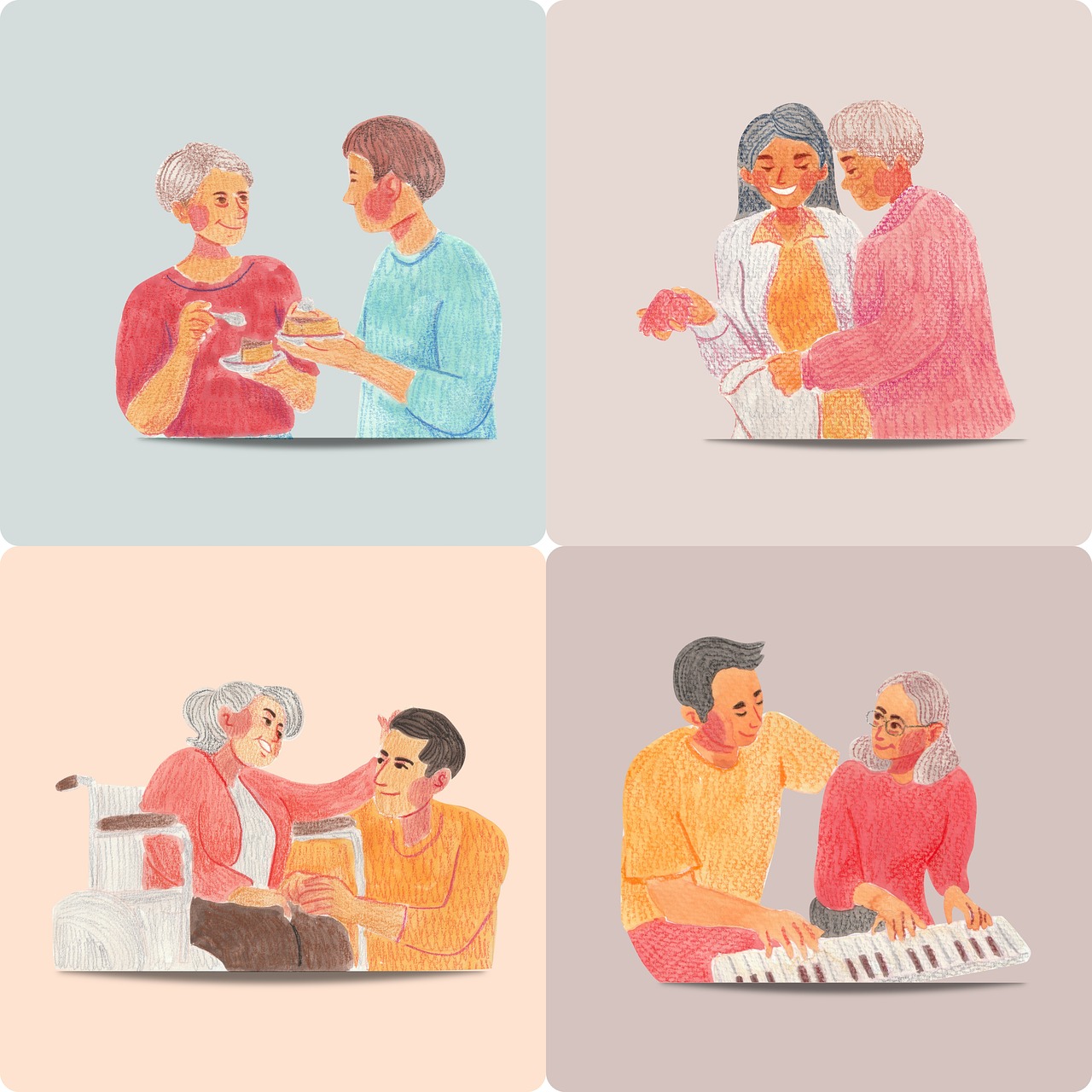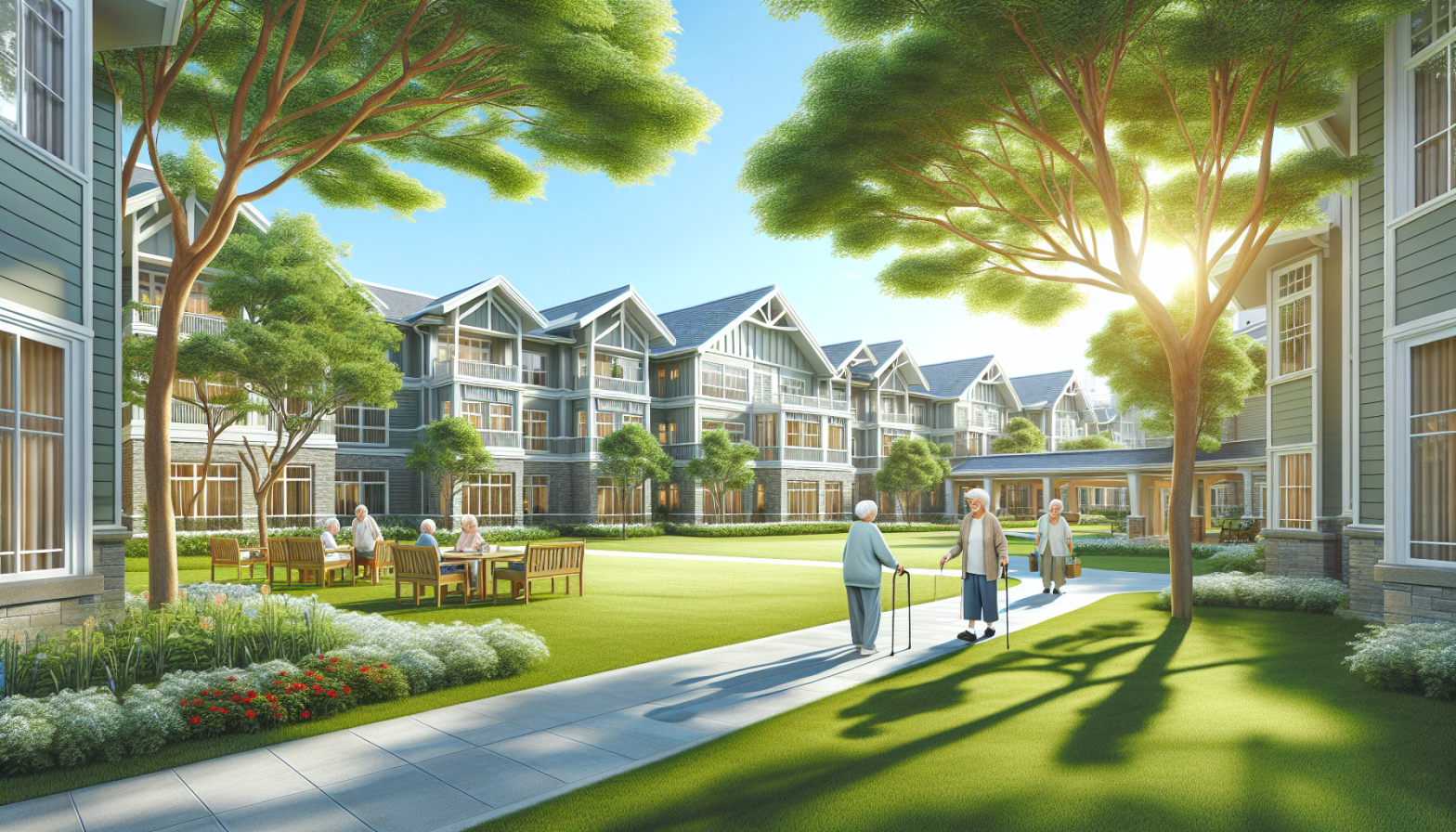Speak to a local care advisor at Assisted Living Locators by calling (888)-267-4741.
Learn about Assisted Living, Senior Living, Memory Care, and In-home care options.
Making the decision to transition a loved one into an assisted living community is not easy. However, recognizing the signs that it’s time for assisted living can ease the discomfort and stress associated with this process. As seniors age, they may reach a point where they can no longer live independently, necessitating a move to an assisted living community. This article explores some key indicators that it may be time for this transition.
Starting The Conversation
Before you can recognize the signs that it’s time for assisted living, you need to have open and honest discussions with your loved ones about their needs and desires. It’s essential to understand their perspective on their living situation, health status, and medical needs. The conversation should not be delayed until an emergency or crisis occurs. Instead, it’s better to discuss the possibilities of assisted living early on, giving your loved ones a chance to express their preferences and concerns.
Understanding Activities of Daily Living (ADLs)
To gauge the level of care a senior might need, it’s useful to chart their Activities of Daily Living (ADLs). Developed by Dr. Sidney Katz in the 1960s, ADLs help professionals understand a senior’s ability to perform daily routines. The six main ADL categories are:
- Bathing
- Dressing
- Toileting
- Transferring (getting in and out of bed)
- Continence (control of bowel and bladder)
- Feeding
Each category is rated on a scale of 0 (unable to perform) to 1 (able to perform), with higher scores indicating greater independence.
Instrumental Activities of Daily Living (IADLs)
In addition to ADLs, it’s also useful to consider Instrumental Activities of Daily Living (IADLs), which offer a more holistic picture of a senior’s daily life. The five main IADLs include:
- Paying bills
- Cleaning the house
- Cooking food
- Transporting oneself outside the house
- Socializing
Again, higher scores in these categories indicate greater independence.
Recognizing The Signs
While understanding ADLs and IADLs is crucial, there are also some general signs that it might be time for a move to assisted living. These include:
Worsening Health Conditions
Chronic medical conditions often worsen with age, requiring more medical attention and making independent living more challenging. Frequent health crises, such as falls, can also signal the need for a safer and more supportive living environment.
Declining Nutrition and Poor Eating Habits
If your loved one is having trouble grocery shopping, preparing meals, or maintaining a healthy diet, this could be a sign that they need the support provided in an assisted living community.
Difficulty with Household Tasks
Struggling with chores such as cleaning, laundry, or yard work can suggest that your loved one might benefit from the support provided in an assisted living community.
Declining Memory and Confusion
Memory lapses, confusion, and difficulty performing familiar tasks can all indicate cognitive decline, which can make independent living challenging and potentially dangerous.
Isolation
Seniors living alone may experience social isolation, which can lead to depression and a decline in overall health. Assisted living communities provide opportunities for social interaction and engagement, which can significantly enhance a senior’s quality of life.
Conclusion
Recognizing the signs that it’s time for assisted living can help ensure your loved ones receive the care and support they need as they age. By starting the conversation early, understanding ADLs and IADLs, and paying attention to changes in health, nutrition, household management, memory, and social interaction, you can make an informed decision about the best living arrangement for your loved one.
Remember, moving to an assisted living community is not about relinquishing independence but about providing a supportive and safe environment where seniors can thrive. It’s about helping your loved ones live their golden years with dignity, comfort, and joy.












